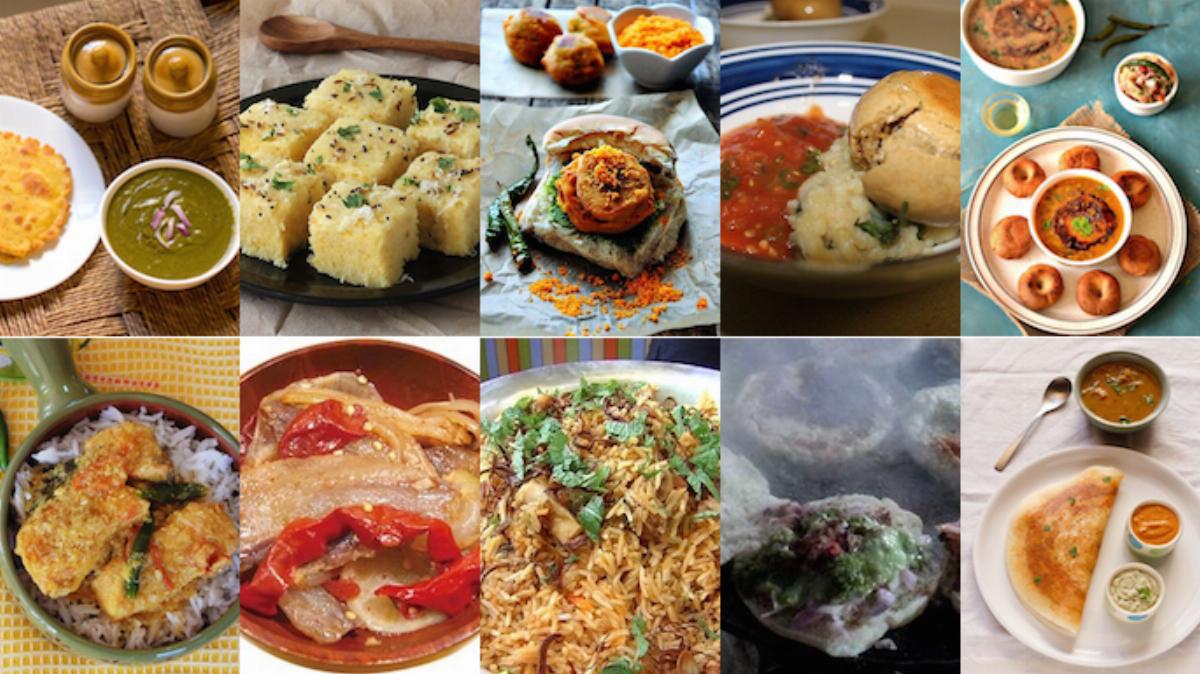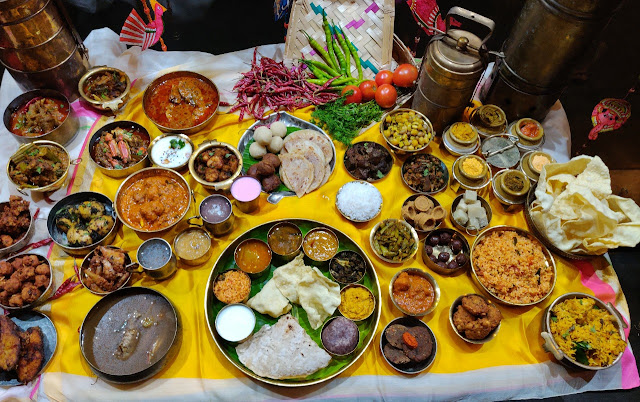India, a country renowned for its rich culinary heritage, is a true reflection of its diverse cultural terrain. With a history spanning thousands of years, Indian cuisine has evolved over time, influenced by various factors such as geography, climate, and cultural exchanges. This has resulted in a staggering array of regionally diverse cuisines, each with its unique flavor profile, cooking techniques, and ingredient combinations. In this article, we’ll go on a culinary journey to explore the secrets behind India’s regionally diverse food scene.
Geography and Climate: The First Domino
The geographical diversity of India has played a significant role in shaping its cuisine. The vast Himalayan mountain range in the north, the sprawling Deccan Plateau in the center, and the tropical regions in the south have all contributed to the evolution of distinct cuisine styles. The varying climates and topographies have influenced the types of ingredients used, cooking techniques employed, and the way dishes are prepared. For instance, the northern states of India, such as Punjab and Kashmir, are known for their rich, buttery, and creamy dishes, while the southern states, like Tamil Nadu and Kerala, are famous for their spicy, coconut-based curries.
Cultural Exchange and Migration: The Second Factor

India’s rich cultural heritage is a direct result of its long history of trade, migration, and colonization. The country has been a melting pot of cultures, with invasions by the Persians, Arabs, Turks, and British leaving a lasting impact on its cuisine. The influence of these cultures can be seen in the use of spices, herbs, and cooking techniques, which have been incorporated into the local cuisine. The Mughal Empire, for instance, introduced rich, creamy dishes like biryani and kebabs, while the Portuguese brought over their own culinary traditions, such as the use of vinegar and red chilies.
Regional Cuisines: A Feast for the Senses
India’s regional cuisines are a true reflection of its cultural diversity. Each region has its unique flavor profile, influenced by the local climate, geography, and cultural traditions. Some of the most popular regional cuisines include:
* North Indian cuisine: Known for its rich, buttery dishes, North Indian cuisine is characterized by its use of ghee, butter, and creamy sauces.
* South Indian cuisine: Spicy and aromatic, South Indian cuisine is famous for its use of coconut, chilies, and tamarind.
* East Indian cuisine: Influenced by the cultures of Bengal and Assam, East Indian cuisine is known for its use of mustard oil, fish, and fermented foods.
* West Indian cuisine: Characterized by its use of coconut, rice, and seafood, West Indian cuisine is a reflection of the region’s coastal location.
The Future of Indian Cuisine
As India continues to evolve and globalize, its cuisine is also undergoing a transformation. Modern Indian cuisine is a fusion of traditional and contemporary styles, with chefs experimenting with new ingredients, cooking techniques, and flavor combinations. This fusion cuisine has resulted in the creation of new dishes, such as fusion sushi and Italian-inspired curries. As Indian cuisine continues to spread across the globe, it’s essential to recognize and appreciate the regionally diverse nature of this rich and vibrant culinary heritage.
India’s regionally diverse food scene is a true reflection of its cultural and geographical diversity. From the rich, buttery dishes of North India to the spicy, coconut-based curries of South India, each region has its unique flavor profile and cooking techniques. As we explore the Indian cuisine world, it’s essential to recognize the influence of geography, climate, cultural exchange, and migration on its evolution.


